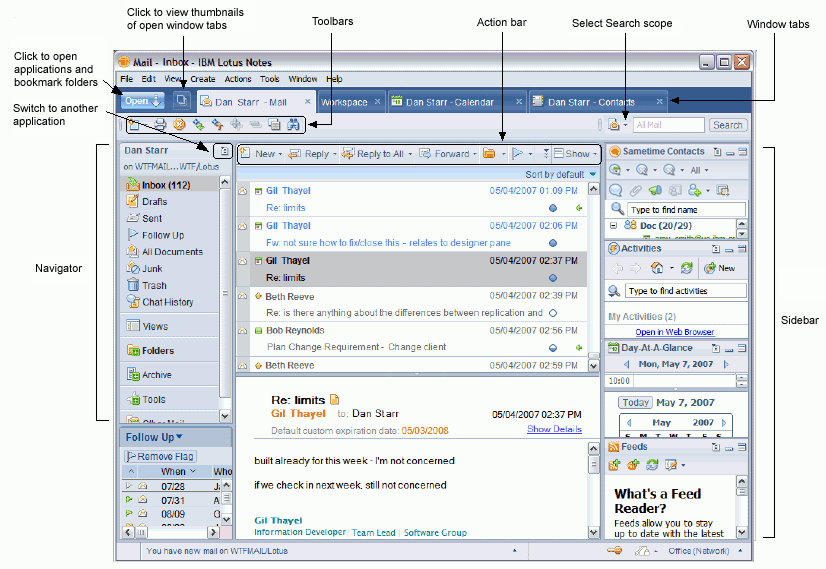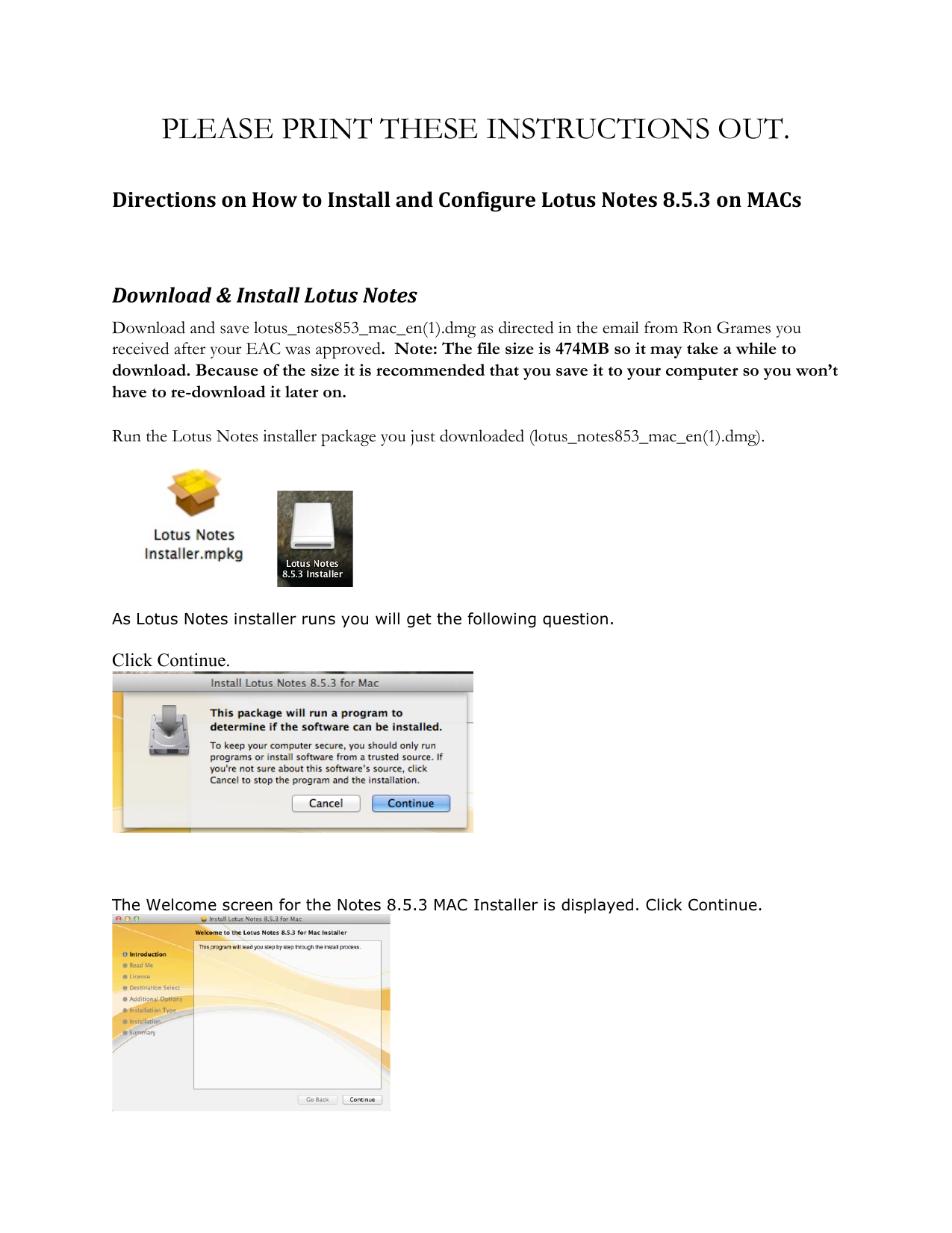
- HOW TO CREATE A BOOKMARK IN LOTUS NOTES 8.5 HOW TO
- HOW TO CREATE A BOOKMARK IN LOTUS NOTES 8.5 MANUAL
- HOW TO CREATE A BOOKMARK IN LOTUS NOTES 8.5 FULL
- HOW TO CREATE A BOOKMARK IN LOTUS NOTES 8.5 CODE
This will launch the standard configuration with all the options and is pointing to H:\notes\data.
HOW TO CREATE A BOOKMARK IN LOTUS NOTES 8.5 HOW TO
How to open Lotus notes and which shortcut to useYou will have 4 options in the start menu:Created by Caroline Crelle4 shortcuts: users will receive end user communication to know which one to use.Ĥ shortcutsNotes minder: to display popup new mailRoaming notes= for desktop/roaming users. Notes 8.5.1 Basic Configuration (nlnotes.exe) is very similar in experience to the Notes 6 BASIC=without extra functionalities Two Lotus notes configurationsNotes 8.5.1 Standard Configuration (notes.exe)default one GM will usealso referred to as the rich client, makes use of the Java-based Eclipse technology to enhance existing Notes functionality (mail, calendar, contacts, etc.) provide new features such as sidebars Lotus Notes 8.5.1 IntroductionCreated by Caroline Crelle Lotus notes 8.5.1 introductionLotus notes 8.5.1 Installation and filesLotus notes 8.5.1 troubleshootingLotus notes 8.5.1 issues and things to keep in mindLotus notes 8.5.1 Lotus Notes 8.5.1 new features mail clientLotus notes 8.5.1 Lotus Notes 8.5.1 new features mail templateLotus notes 8.5.1 calendar and scheduling featuresLotus notes 8.5 end user communication and trainingCreated by Caroline Crelle Please note: Manually uninstalling a Java extension installed via a widget descriptor via a widget catalog/policy will probably just make it reinstall once uninstalled.Lotus notes 8.5.1 trainingTable of Contents Let me know if the above doesn’t work for you.
HOW TO CREATE A BOOKMARK IN LOTUS NOTES 8.5 FULL
Combining the plugin id and the plugin version will give the full filename of the plugin (_.jar). Locate the -tags and fine the names of the referenced plugins. For each Eclipse feature you need to open it and edit the feature.xml file.Locate the Eclipse features to uninstall.

Open the “features”-directory (workspaceapplicationseclipsefeatures).The complete steps to manually uninstalling a Java extension is therefore as follows:

The solution is to edit this file as well. Simply deleting the feature(s) and plugin(s) may seem to work but will misbehave for instance when activating the File > Application > Application Management interface. Lotus Notes also keeps a record of what’s installed in a file called platform.xml (stored in ). Eclipse Features and plugins are stored in two directories beneath your Notes data directory (/workspace/applications/eclipse/features for the features and /workspace/applications/eclipse/plugins for the plugins).įrom the above it may seem obvious that simply deleting these files will uninstall a Java extension – unfortunately there’s a final piece to the puzzle. A JAR-file is just a fancy ZIP-file with a predefined folder structure.

It’s almso important to note that a single feature may reference multiple plugins.īoth an Eclipse plugin and an Eclipse feature are represented in the file system as JAR-files (files with an extension of “JAR”) and both of them are kept in the file system. The feature points to the Eclipse plugins that provides the actual functionality. The feature is what’s actually installed from a Lotus Notes perspective.
HOW TO CREATE A BOOKMARK IN LOTUS NOTES 8.5 CODE
The plugin is where the actual code and functionality is stored together with additional resources such as images, string translation etc. A Java extension in Lotus Notes (also known as a “plugin”) consists of two things:

We have to start with some basics though.
HOW TO CREATE A BOOKMARK IN LOTUS NOTES 8.5 MANUAL
This blog post outlines the way to perform a manual uninstall. Sometimes however this doesn’t work and you’ll have to resort to a manual uninstall. As you probably know installing and uninstalling Java extensions (“plugins”) into the Lotus Notes client is easy using either File > Application > Install, File > Application > Application Management or the widget catalog.


 0 kommentar(er)
0 kommentar(er)
